In early November, an extraordinary event occurred in the global precious metals market. In New York, silver vaults were filled to a record level. At the same time, in London, another major financial center, there was a temporary shortage of silver. The turmoil was a direct response to a landmark decision from Washington: the US Department of the Interior officially added silver to the list of “strategic minerals”.
This move immediately changed the status of silver, from a precious metal used mainly for jewelry and storage, to an asset of national security importance, and the game of investors also turned a new page.
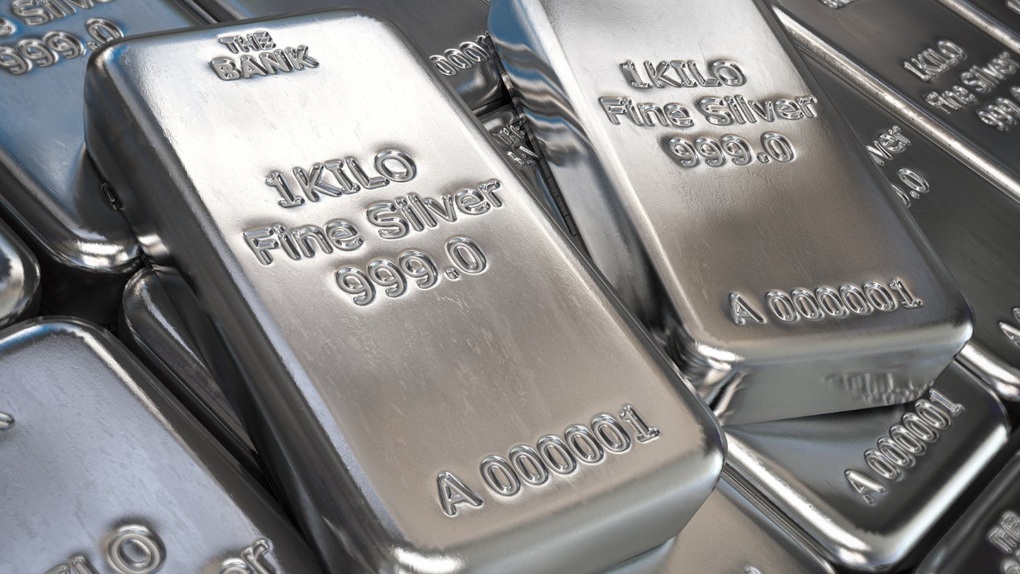
Silver's changing position is reshaping investors' strategies (Photo: Bankrate).
When silver is no longer just jewelry
According to the USGS, a mineral is considered “strategic” when it is essential to economic or national security and has a supply chain that is vulnerable to disruption. Silver’s inclusion on this list, along with copper and metallurgical coal, is a clear signal that its role has gone beyond its traditional values.
In fact, over 60% of current silver demand comes from industrial applications. It is an essential component in solar panels, electric vehicles (EVs), and a range of electronic devices. As the world accelerates its green energy transition and digitalization, demand for silver is expected to continue to grow strongly.
The formal recognition of this importance by the United States, which imports about two-thirds of its silver consumption, has two major implications. First, it means that domestic silver mining projects could receive federal support. Second, and more important for the global market, it opens the door to tariffs or other trade controls to protect domestic supply chains.
It was the fear of potential tariffs that sparked large-scale silver hoarding in New York, as a way for banks and traders to hedge against risk.
The global supply chain is tense.
Currently trading around $53 an ounce - approaching a four-week high, silver prices are under pressure from a growing supply deficit. Global mining output is only about 820 million ounces a year, while total demand is expected to exceed 1.24 billion ounces this year, the largest sustained deficit in more than a decade.
Silver’s strategic status comes amid an already fragile market. Analysts say the silver market has been in a five-year supply deficit due to soaring industrial demand, which has depleted above-ground silver reserves to alarming levels.
The US decision adds further pressure to an already strained supply chain. Matthew Piggott, Director of Gold and Silver at Metals Focus, said the silver market is likely to see further tightening and increased price volatility.
This tension is reflected in market indicators. In October, the yield on silver leased in London soared to a record high of over 34%. The market also saw an unprecedented premium for spot prices over futures prices, a clear sign of a shortage of physical supply.
“With the US designating silver as a strategic mineral, global supply could become more constrained as supply chains would be protected, domestic mining in the US would be encouraged, and tariffs could be imposed,” explained Jigar Trivedi, an analyst at Reliance Securities.
For major silver importing countries like India, this could mean higher import costs or tighter supplies, pushing domestic silver prices further up.
Opportunities and risks for investors
Silver’s changing status is reshaping investor strategies. The white metal now has two attributes: it is both a safe haven asset like gold and an essential industrial commodity like copper.
From an investment perspective, this is a positive sign. Mr. Trivedi commented: “If silver is now seen as a strategic metal with higher industrial demand, supply constraints and strategic issues could support long-term silver price increases.” Silver prices, which hit a record high above $54 an ounce in October, are also a testament to this appeal.
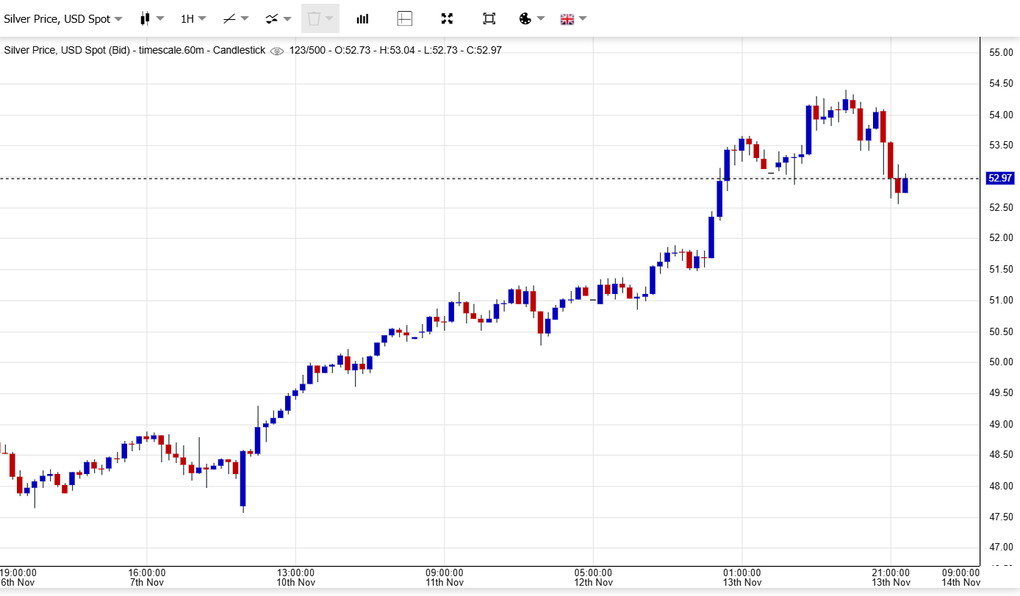
Silver prices increased sharply after the metal became a strategic mineral in the US (Photo: Goldprice).
The road ahead isn’t all rosy, however. Silver’s success could prove to be the biggest risk. Silver accounts for about 15% of the cost of a solar panel, and with its price so high, manufacturers will have a strong incentive to reduce the amount of silver they use or even replace it entirely with cheaper materials like copper.
“Every $10 increase in the price of silver increases the pressure to cut silver usage,” Mr. Piggott analyzed. The technology to replace silver with copper is new and unproven on a large scale, but it is an existential risk to long-term demand.
As a result, investors can no longer just look at macro factors like inflation or monetary policy to assess silver’s potential. They need to analyze the industrial demand cycle, the development of solar technology and geopolitical policies related to the supply chain.
Source: https://dantri.com.vn/kinh-doanh/bac-tro-thanh-tai-san-chien-luoc-cua-my-thi-truong-toan-cau-day-song-20251113235858069.htm




![[Photo] Unique art of painting Tuong masks](https://vphoto.vietnam.vn/thumb/1200x675/vietnam/resource/IMAGE/2025/11/14/1763094089301_ndo_br_1-jpg.webp)
![[Photo] Deep sea sand deposits, ancient wooden ship An Bang faces the risk of being buried again](https://vphoto.vietnam.vn/thumb/1200x675/vietnam/resource/IMAGE/2025/11/13/1763033175715_ndo_br_thuyen-1-jpg.webp)
![[Photo] Special class in Tra Linh](https://vphoto.vietnam.vn/thumb/1200x675/vietnam/resource/IMAGE/2025/11/14/1763078485441_ndo_br_lop-hoc-7-jpg.webp)

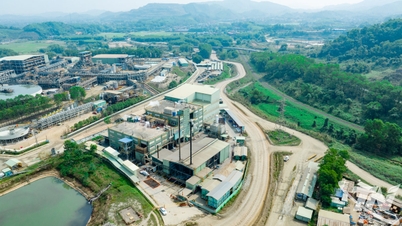














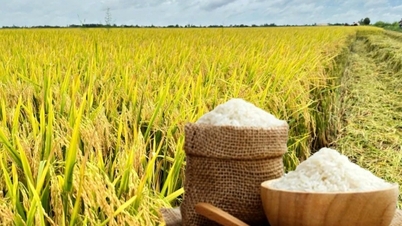

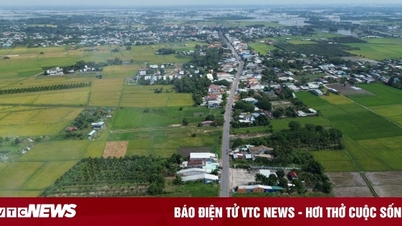





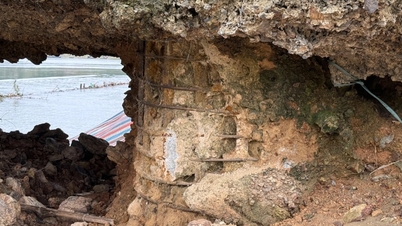
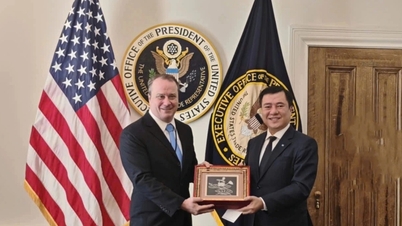
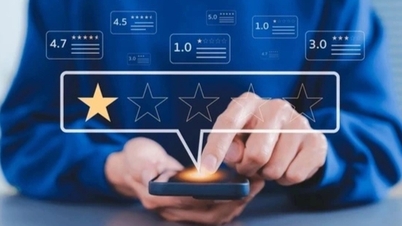
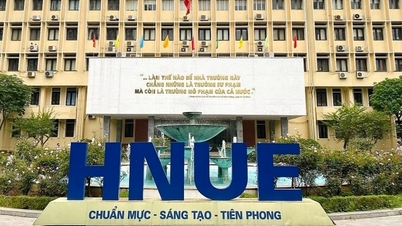








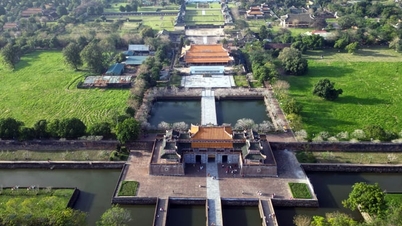











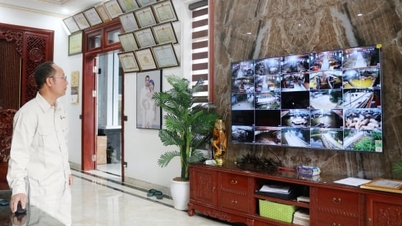
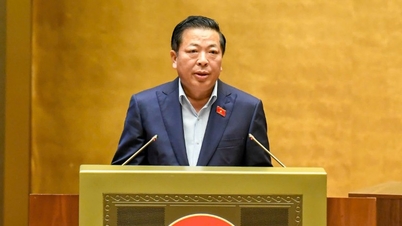




























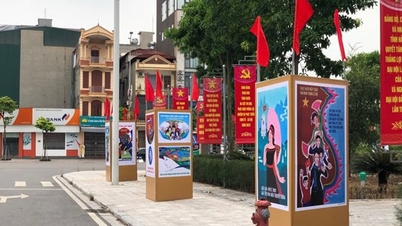

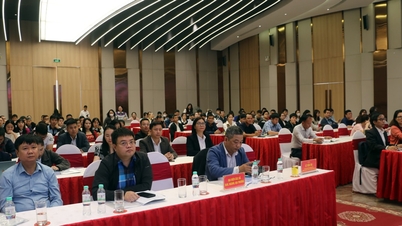















![Dong Nai OCOP transition: [Article 3] Linking tourism with OCOP product consumption](https://vphoto.vietnam.vn/thumb/402x226/vietnam/resource/IMAGE/2025/11/10/1762739199309_1324-2740-7_n-162543_981.jpeg)






Comment (0)